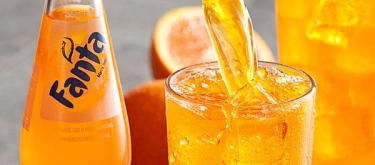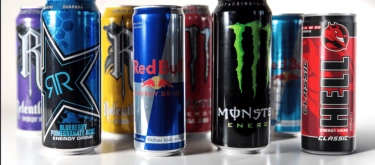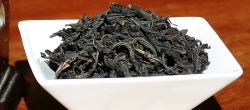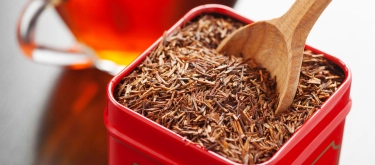Coca-Cola: Taste Profile, Aroma, Benefits and Health Risks
Coca-Cola, often simply called Coke, is one of the most iconic carbonated soft drinks in the world. Invented in 1886 in Atlanta, USA, it began as a medicinal tonic and quickly became a global beverage phenomenon. Today, Coca-Cola is available in more than 200 countries and represents not just a drink, but a cultural symbol associated with refreshment, branding, and lifestyle.
Coca-Cola contains carbonated water, high sugar content (or artificial sweeteners in diet versions), caffeine, phosphoric acid, and caramel color (E150d). It does not contain common allergens like gluten, dairy, or nuts, but its high sugar and caffeine levels make it unsuitable for young children, people with diabetes, and individuals sensitive to caffeine.
What does Coca-Cola taste like?

Complete Sensory Description
Taste
Coca-Cola delivers a complex balance of sweetness, acidity, and mild bitterness. The dominant impression is sugary sweetness, layered with a sharp acidity from phosphoric acid, a hint of citrus-like freshness, and subtle bitter-spice notes from caffeine and flavoring compounds. The aftertaste is slightly caramel-like with lingering acidity.
Aroma
The aroma is sweet, caramelized, and slightly spicy, with volatile compounds reminiscent of citrus oils, vanilla, cinnamon, and nutmeg. A faint acidic tang reinforces freshness.
Texture
Coca-Cola has a lively effervescence from carbonation. Bubbles create a tingling, refreshing mouthfeel, followed by smooth liquid flow. The high sugar content contributes to a slightly syrupy body.
Appearance
Dark caramel-brown color with high clarity, effervescent bubbles rising continuously, producing a foamy head when freshly poured.
In-depth Flavor Analysis
The signature Coca-Cola taste is produced by a proprietary mixture known as “Merchandise No. 7,” containing essential oils, esters, and flavoring compounds. Key contributors include:
-
Sucrose / High-Fructose Corn Syrup – intense sweetness, high glycemic index.
-
Phosphoric acid – provides tart acidity and balances sweetness.
-
Caffeine – adds mild bitterness and psychoactive stimulation.
-
Flavor oils (orange, lemon, cinnamon, nutmeg, coriander, vanilla) – give complexity with citrus and warm spice notes.
-
Caramel color (E150d) – provides color and faint burnt-sugar undertones.
Flavor variability comes from sugar type (cane sugar vs. corn syrup), carbonation intensity, and serving temperature. Cold temperatures suppress sweetness, highlighting acidity and freshness.
Varieties and Culinary Applications
Varieties:
-
Classic Coca-Cola – original high-sugar formula.
-
Diet/Zero Sugar Coca-Cola – uses aspartame, acesulfame K, or stevia.
-
Flavored versions – cherry, vanilla, lime, coffee-infused.
-
Limited editions – regional or seasonal experimental flavors.
Culinary uses:
-
Consumed as a refreshing beverage.
-
Used in cocktails and mocktails (e.g., rum & Coke, whiskey & Coke).
-
Functions as a cooking ingredient (e.g., marinades, glazes, slow-cooked meats).
-
Sometimes applied in baking for moist cakes.
Selection and Storage
-
Buy sealed bottles or cans, checking expiration date.
-
Store in a cool, dry place.
-
For best carbonation, keep refrigerated and consume cold.
-
Opened bottles should be sealed tightly and consumed within 2–3 days for maximum fizz.
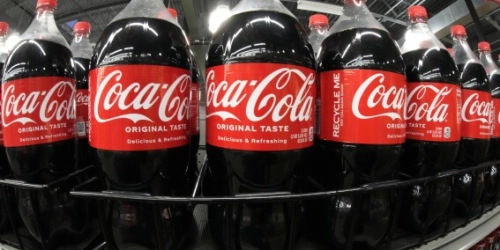
Nutritional Insights
Per 330 ml can of classic Coca-Cola: ~140 kcal, ~35 g sugar, ~30 mg caffeine.
-
Provides fast energy due to high sugar but no significant vitamins or minerals.
-
Excessive consumption linked to obesity, type 2 diabetes, and tooth decay.
-
Diet versions reduce calories but raise concerns about long-term effects of artificial sweeteners.
Expert Insights & Culinary Tips
Interesting and Curious Facts
-
The original 1886 formula contained coca leaf extract (traces of cocaine) until it was removed in the early 20th century.
-
Coca-Cola is one of the most recognized brands in the world, with its logo known by over 90% of the global population.
-
During World War II, Coca-Cola was supplied to U.S. soldiers worldwide, boosting its global spread.
-
In some countries, Coca-Cola is even used as a home remedy for mild stomach upsets.
Harm and Dietary Considerations
-
High sugar intake contributes to obesity, diabetes, and dental caries.
-
Caffeine may cause restlessness, insomnia, or palpitations in sensitive individuals.
-
Phosphoric acid can contribute to decreased bone mineral density when consumed excessively.
-
Not recommended for children, pregnant women (due to caffeine), and individuals with metabolic disorders.
Religious Dietary Considerations
-
Coca-Cola is generally acceptable in Islam, Judaism, Christianity, Hinduism, and Buddhism.
-
Certified Halal and Kosher in most regions.
-
Some religious concerns arose historically regarding hidden ingredients, but Coca-Cola has provided clarifications and certifications.
Final Thoughts & Sensory Journey
Coca-Cola is not simply a drink, but a cultural symbol. Its unique combination of sweetness, acidity, and effervescence creates an instantly recognizable sensory experience. While refreshing and versatile, it is a product best enjoyed in moderation due to its sugar and caffeine content.
Resources
-
Pendergrast, M. For God, Country and Coca-Cola: The Unauthorized History of the Great American Soft Drink and the Company That Makes It. Basic Books, ISBN 9780465054688
-
Ashurst, P. R. Chemistry and Technology of Soft Drinks and Fruit Juices. Wiley-Blackwell, ISBN 9781405184345
-
Belasco, W. Food: The Key Concepts. Routledge, ISBN 9781859738140

